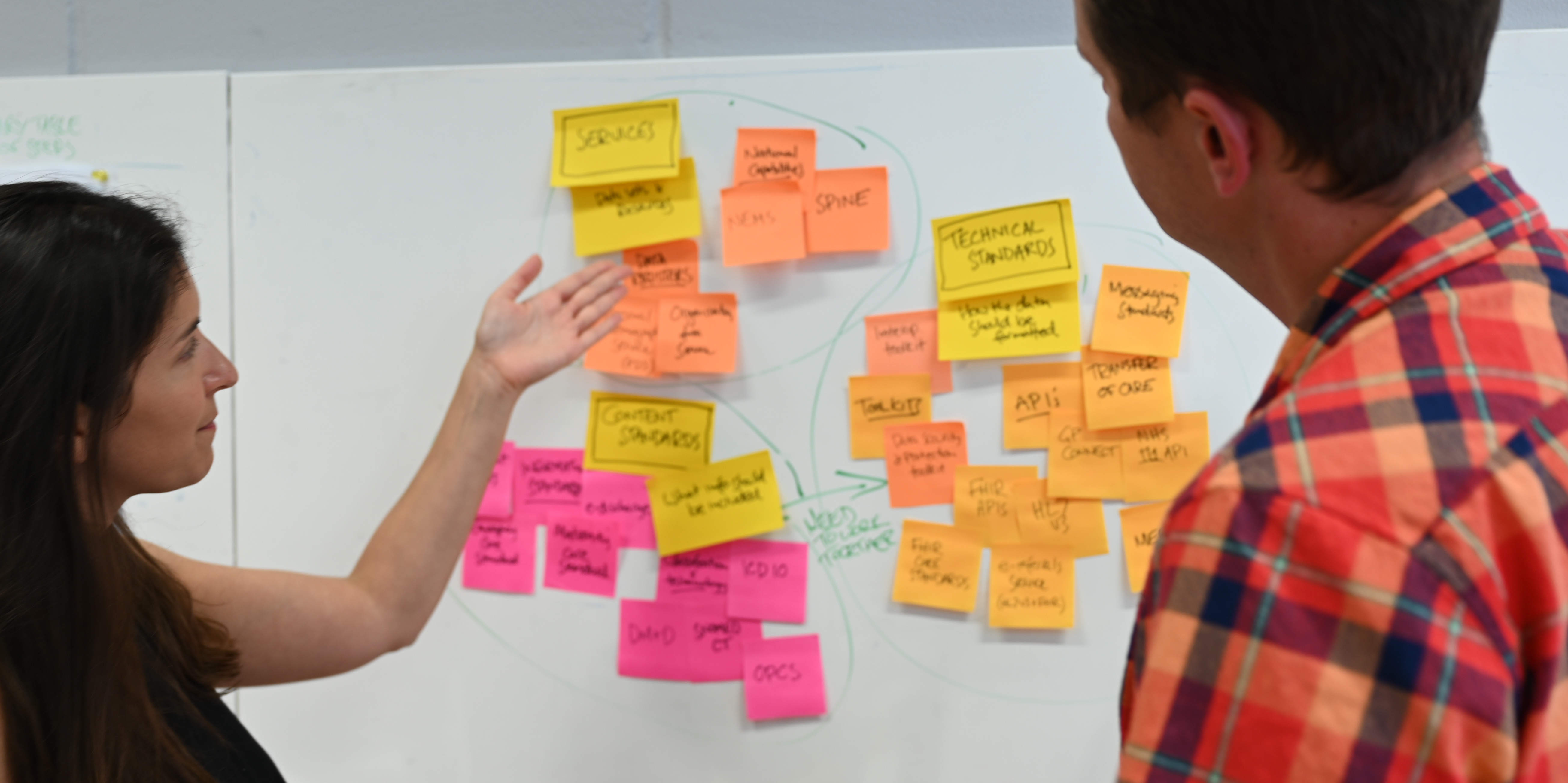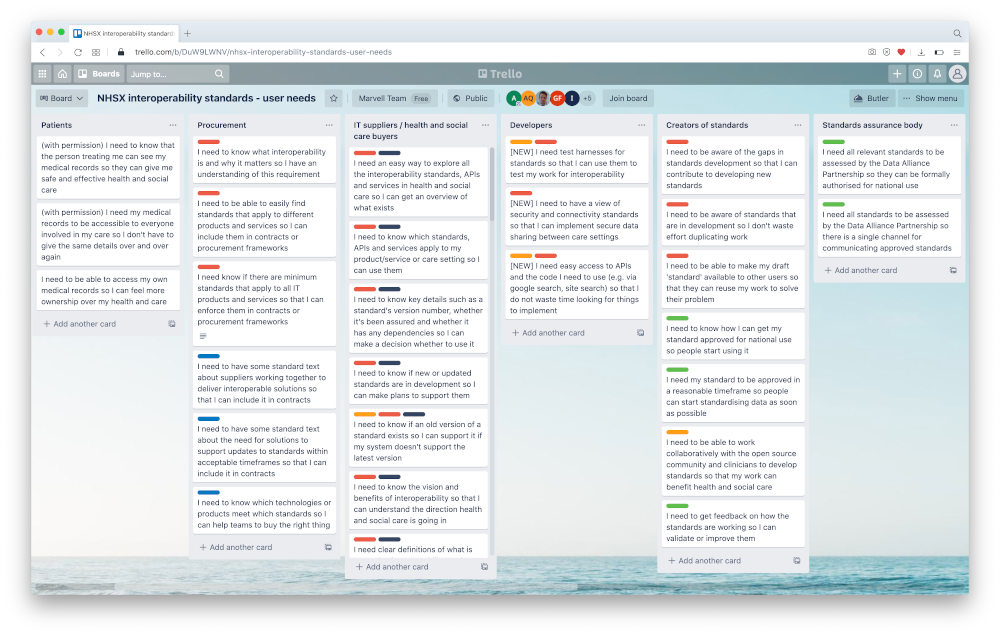An ambition to make health and social care data more joined-up was proving difficult. We gathered evidence to help shape a national strategy.
In March 2021, the Secretary of State for Health and Social Care gave a speech about the critical importance technology played in the coronavirus response.
He highlighted how interoperability - joining up IT systems to allow instant data-sharing - has the potential to transform health and social care.
We were engaged by NHSX [now NHS England] to carry out a discovery phase into a digital solution that could move the government closer to its ambition of an interoperable health and social care system.

Over 4 weeks, we carried out a discovery that explored:
In total we carried out 28 sessions with users, identifying over 60 user needs and 9 high level problems that needed to be solved for interoperability to be achieved. These high level problems were:

NHS England now had a rich source of clear evidence with which to inform their overarching strategy.
To help them move forward we produced a:
“I just want to say: amazing work all! Thank you. Really impressed with [your final] report” Irina Bolychevsky, NHSX Director of Standards and Interoperability
Whether you’re ready to start your project now or you just want to talk things through, we’d love to hear from you.